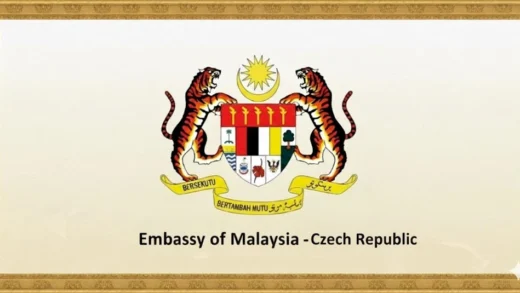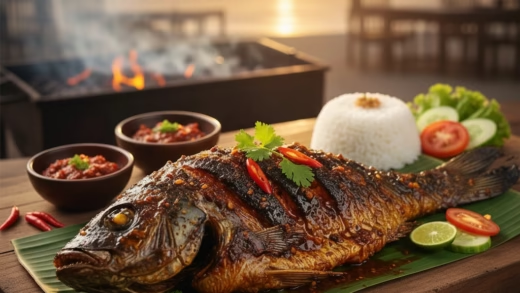White Coffee

Malaysian Food
White Coffee
Origin
Ipoh, Perak, Malaysia – created by Hainanese immigrants in the early 20th century.
Category
Beverage – Coffee
Appearance
Light caramel-brown color, creamy and frothy when mixed with condensed milk, usually served in a porcelain kopitiam cup.
Ingredients
- Lightly roasted coffee beans (with margarine, not sugar)
- Hot water
- Condensed milk or evaporated milk (optional)
Preparation
- Roast coffee beans with margarine until golden.
- Grind to fine powder.
- Brew using a coffee sock filter or drip pot.
- Add condensed or evaporated milk for creaminess.
- Serve hot or iced.
Equipment
- Coffee roaster
- Grinder
- Coffee sock / filter
- Porcelain cup
Variations
- Hot White Coffee
- Iced White Coffee
- Sugar-free version
- Instant 3-in-1 White Coffee
Taste
Smooth, mild, less bitter than regular coffee, with buttery and nutty notes.
Texture
Creamy, velvety, with a frothy top.
Aroma
Buttery, nutty, lightly roasted fragrance.
Sound
Gentle bubbling during brewing, soft clink of spoon in porcelain cup.
Cultural Significance
A signature drink of Ipoh and Malaysia, strongly tied to kopitiam (coffee shop) culture.
Symbolism
Represents Malaysian tradition, hospitality, and immigrant culinary innovation.
Regional Cuisine
A Malaysian specialty, especially in Ipoh, now enjoyed across Southeast Asia.
Social Context
Served during breakfast with kaya toast or roti bakar; part of community bonding in kopitiams.
Nutritional Information
- Calories: 150–200 kcal
- Carbohydrates: 25–30 g
- Protein: 2–3 g
- Fat: 5–8 g
- Caffeine: ~50–70 mg
Health Benefits
- Provides energy boost
- Contains antioxidants
- Gentler on the stomach due to lighter roast
Dietary Restrictions
- Non-vegan if dairy milk is added
- Vegan option possible with plant-based milk
Allergens
- Dairy (if condensed/evaporated milk used)
Cost
RM 2–5 per cup in Malaysia; higher in branded cafes.
Production
Traditionally small-batch roasted with margarine; now mass-produced for instant sachets.
Sustainability
Depends on bean sourcing; instant packaging can raise environmental concerns.
Availability
Widely available in Malaysia, Singapore, and internationally via instant packs.
History
Developed in Ipoh in the 1920s; became iconic through kopitiams; globalized by brands like OldTown White Coffee in the 1990s–2000s.
Anecdotes
- Ipoh’s mineral-rich water is believed to enhance the flavor.
- Tourists often bring home instant packs as souvenirs.
How to Prepare (Simple Method)
- Brew 2–3 tsp white coffee powder with hot water.
- Add 2–3 tbsp condensed milk.
- Stir and serve (over ice if desired).
FAQ
Q1: Why is it called “white coffee”?
A: Because of the lighter roasting method, not the color of the beans.
Q2: Can it be sugar-free?
A: Yes, use evaporated milk or drink it black.
Q3: Where to try authentic white coffee?
A: Ipoh’s famous kopitiams, such as Sin Yoon Loong.
Q4: Is instant white coffee authentic?
A: Convenient but less rich compared to freshly brewed versions.
Q5: Is it healthier than regular coffee?
A: It’s milder and less acidic, but condensed milk adds sugar and calories.





Comments are closed.